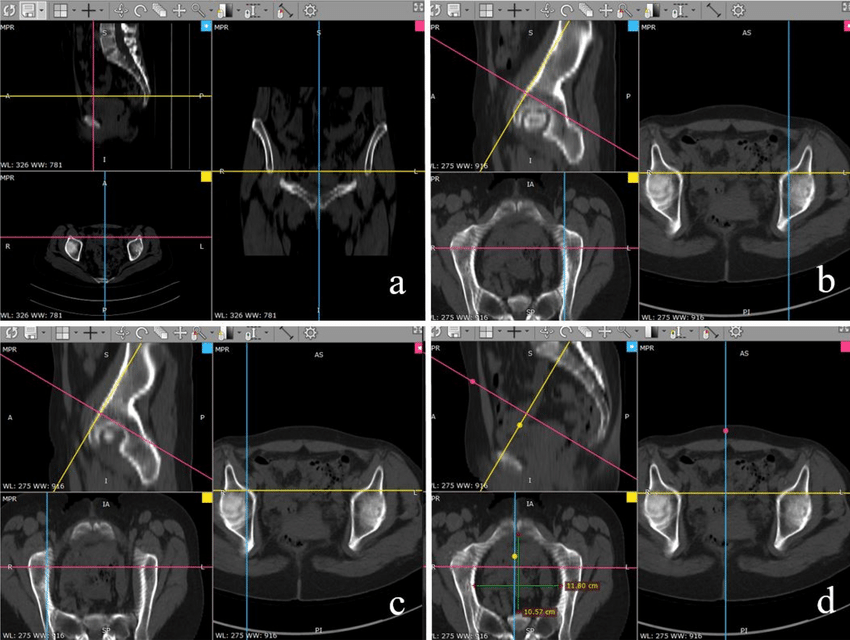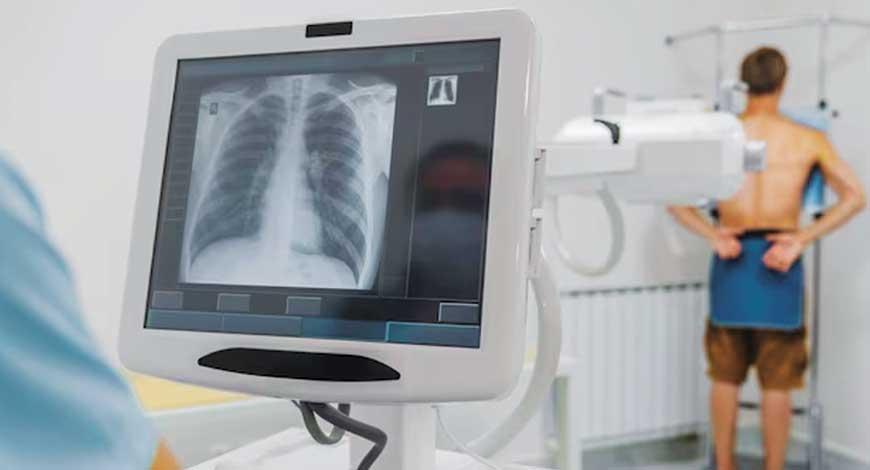When doctors need to send medical scans across slow rural internet connections, something has to give. Digital medical imaging files are massive – often hundreds of megabytes each.
But rural networks can barely handle a video call, let alone transmit a high-resolution CT scan in a reasonable time.
So what happens when these critical images get squeezed through narrow digital pipes? The answer isn’t pretty, but it’s not hopeless either.
The Rural Internet Reality
Rural areas face a harsh digital divide. While city hospitals enjoy fiber-optic speeds of 100+ Mbps, rural clinics often struggle with connections under 10 Mbps.
Some remote areas still rely on satellite internet with speeds as low as 1-5 Mbps.
Here’s what this means in real terms: An uncompressed chest X-ray (around 50 MB) takes over 2 minutes to upload on a 3 Mbps connection.
A cardiac catheterization study (500+ MB) could take 30 minutes or more. When you’re dealing with a heart attack patient, that’s simply too long.
How Compression Changes Medical Images?
Medical image compression works like squeezing a sponge – you reduce size but lose some of the original content. There are two main types:
Lossless compression keeps every pixel intact but only reduces file sizes by 20-50%. Think of it as reorganizing a messy closet – everything stays but takes up less space.
Lossy compression actually throws away image data you supposedly won’t miss, achieving 80-95% size reduction. It’s like throwing out clothes you rarely wear – the closet gets much emptier, but you lose some items forever.
| Compression Type | Size Reduction | Quality Impact | Use Case |
| Lossless | 20-50% | None | Critical diagnosis |
| Lossy (Light) | 50-80% | Minimal | Routine screening |
| Lossy (Heavy) | 80-95% | Noticeable | Initial consultation |
What Gets Lost in Translation
When medical images get compressed heavily, several things happen that can affect diagnosis:
Fine details disappear first. Those tiny calcifications that might indicate early breast cancer? They could vanish in heavy compression. Subtle bone fractures become harder to spot. Small lung nodules might blend into the surrounding tissue.
The contrast between different tissues decreases. This makes it harder to distinguish between healthy and diseased tissue. A radiologist studying a compressed liver scan might miss early signs of cirrhosis because the texture differences are smoothed out.
Artifacts appear. These are visual distortions that weren’t in the original image. They can appear to be actual medical findings, leading to false diagnoses. Imagine seeing a “shadow” on a lung X-ray that’s actually just a compression artifact, not a tumor.
Research from the American College of Radiology shows that diagnostic accuracy drops by 5-15% when using heavily compressed images compared to originals.
Real-World Impact on Patient Care
Dr. Sarah Martinez, who works with rural telemedicine networks, explains: “We see cases where subtle findings get lost in compression. A small kidney stone might not show up clearly, leading to missed diagnoses and repeated scans.”
The numbers tell the story:
- 23% of compressed cardiac images showed reduced diagnostic confidence among cardiologists
- Mammography screening accuracy dropped 8% when using high-compression ratios
- Emergency stroke evaluations took 40% longer when radiologists had to work with heavily compressed CT scans
But it’s not all doom and gloom. Modern compression algorithms are getting smarter.
Smart Solutions for Better Quality
New compression techniques focus on preserving the region of interest. Instead of compressing everything equally, these algorithms identify important areas (like the heart in a cardiac scan) and preserve their quality while heavily compressing background areas.
Progressive transmission sends a low-quality version first, then gradually improves it. This lets doctors start their evaluation immediately while the full-quality image loads in the background.
Some facilities use hybrid approaches:
- Send a compressed version immediately for urgent decisions
- Transmit the full-resolution image overnight when network traffic is lower
- Use AI-powered compression that learns which details matter most for specific scan types
The Technology Balancing Act
Modern medical imaging faces a three-way balance: image quality, file size, and transmission speed. You can optimize two, but the third usually suffers.
Rural facilities often choose speed and smaller file sizes over perfect quality, especially in emergencies. A slightly degraded image that arrives in 2 minutes beats an ideal image that takes 20 minutes when someone’s life is on the line.
Advanced compression standards like HEIF and AVIF can reduce file sizes by 50% compared to older JPEG compression while maintaining similar quality. However, not all medical imaging systems support these newer formats yet.

Making Rural Telemedicine Work
The future looks brighter for rural digital medical imaging. 5G networks promise faster rural internet, though deployment remains slow. Satellite internet improvements could help, but latency issues persist.
Meanwhile, AI-powered compression gets better every year. These systems learn which parts of medical images matter most for diagnosis and preserve those areas while aggressively compressing less critical regions.
The goal isn’t perfect image quality – it’s sufficient quality delivered fast enough to help patients. Sometimes “good enough” really is good enough, especially when the alternative is no specialist consultation at all.
Rural healthcare will always face unique challenges, but smarter compression techniques are helping bridge the gap between urban medical centers and remote communities that need quality care.


